The Lord of the Rings: Return to Moria, developed by Free Range Games and published by North Beach Games, is a base building, crafting, survival game that tries to showcase what could have happened after The Lord Of The Rings: Return Of The King. Moreover, the main reason of the game is due to the dwarf named Gimli trying to gather enough dwarves on an expedition into the Mines of Moria to obtain mithril. By having the game take place during an expedition allows the game developers to allow the gameplay to be focused around base building, crafting, and survival as the mines are dangerous. While the game’s setting has been established, the overall feel of the game is more hands off in terms of the narrative, which feels lackluster from an immersion standpoint.
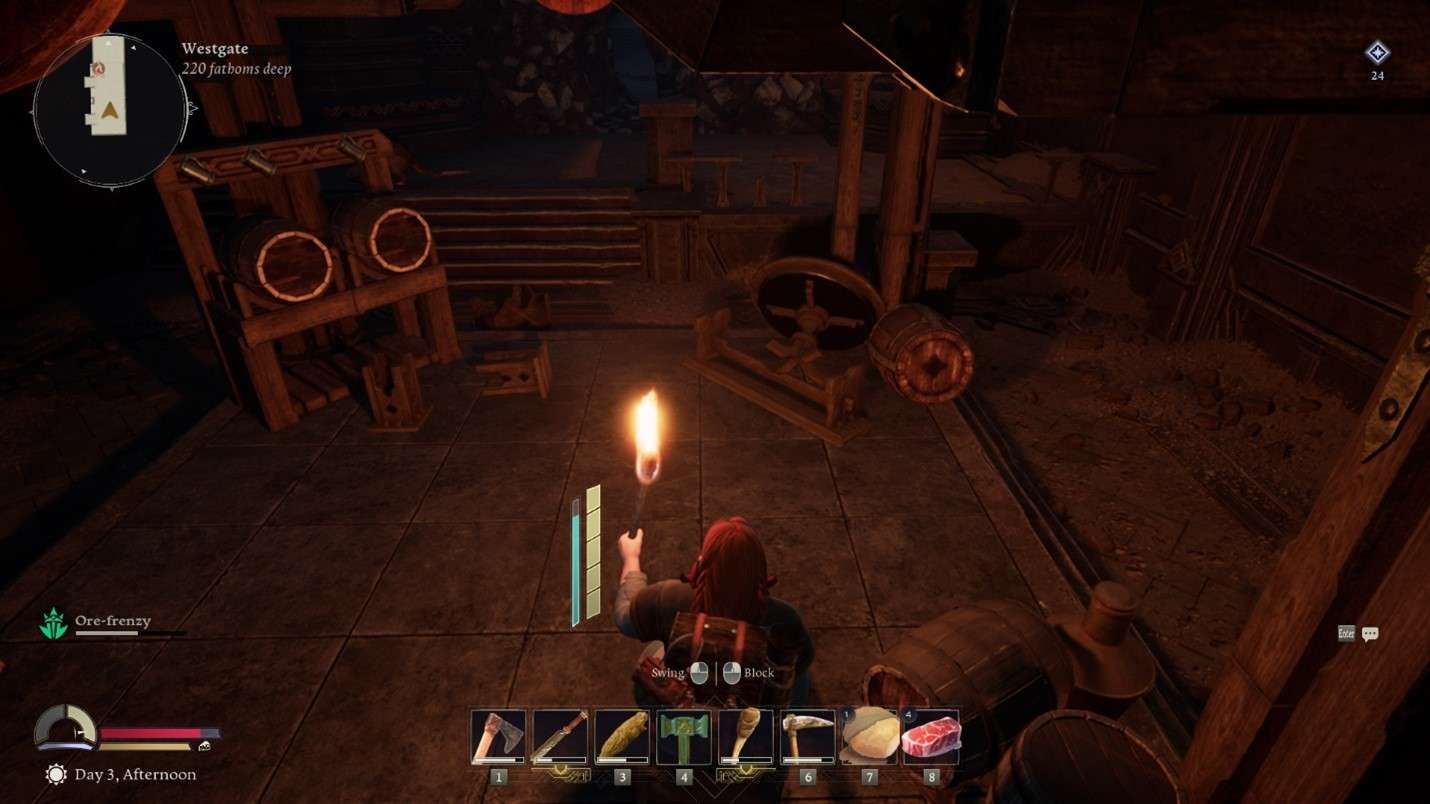
Narratively speaking, by making Gimli lead an expedition into the Mines of Moria, in search of mithril, is good decision, as the main threat of Sauron is gone and this showcases that they are entering a new age for the dwarven race. As for the main reason why, they want to mine mithril it can be surmised from the extensive lore as the dwarves are known for digging up rare metals and then be fashioned into brilliant equipment. So, in regards to the overall narrative as to how this game exists, it fits well into the motives the dwarves have as they are known for their mining habits. As for how in-depth the game goes into utilizing the previous narrative into the game feels a bit weak as the player has to just complete certain objectives with no real form of immersive storytelling. This can change due to the multiplayer where various player(s) can interact with one another making full use of the role play elements in game.
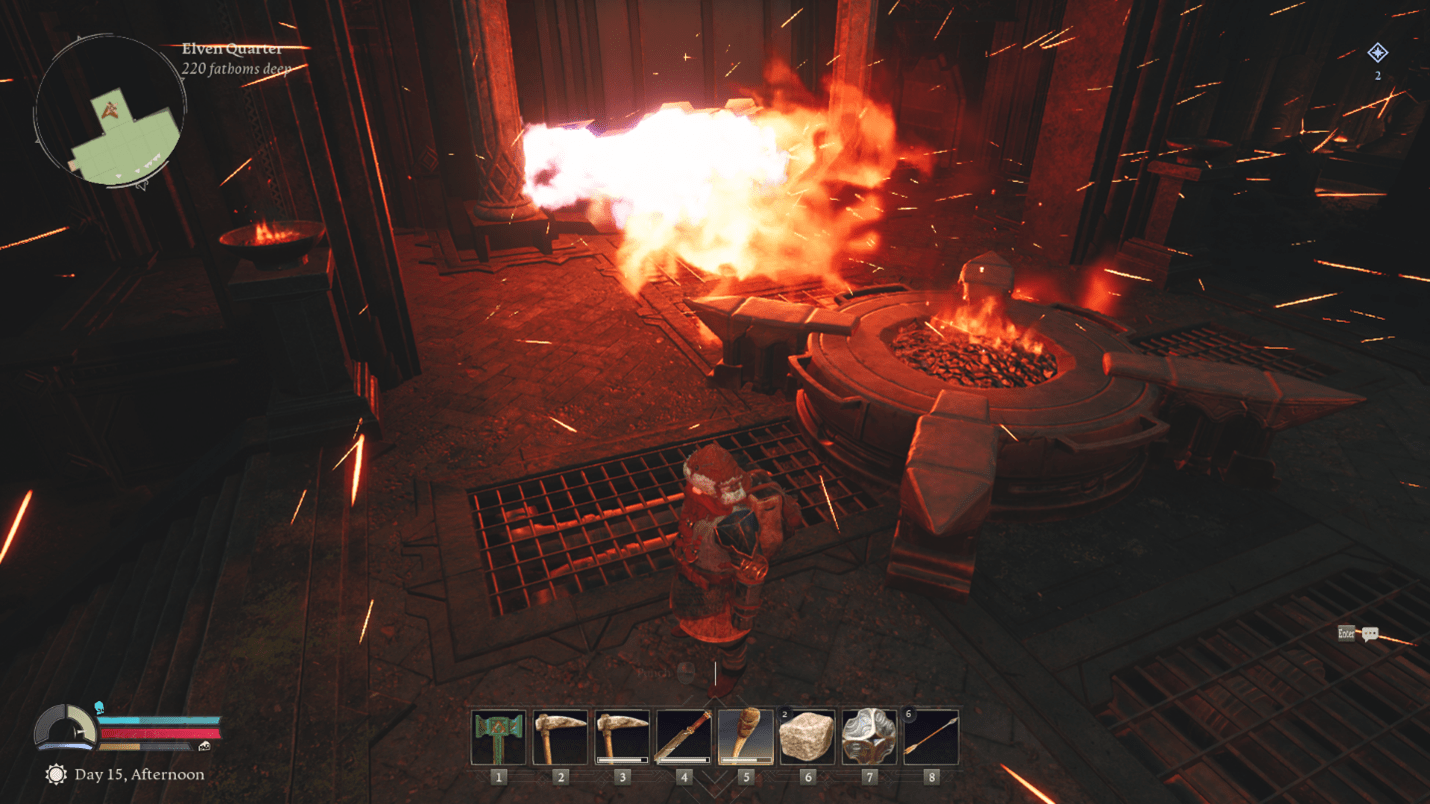
However, this can only go so far as the need for interaction is important in making sure players latch onto the game in the long run. Examples of games that had this issue in some ways were Fallout 76 before the Settlers update, the earliest version of Grand Theft Auto Online, and the beta for Raft when it was available. The lack of interactivity is limited in some regards to the gameplay relying mostly on the multiplayer aspect. While this game is still new the developers will most likely listen to players and reviewers on how to move forward in the game.
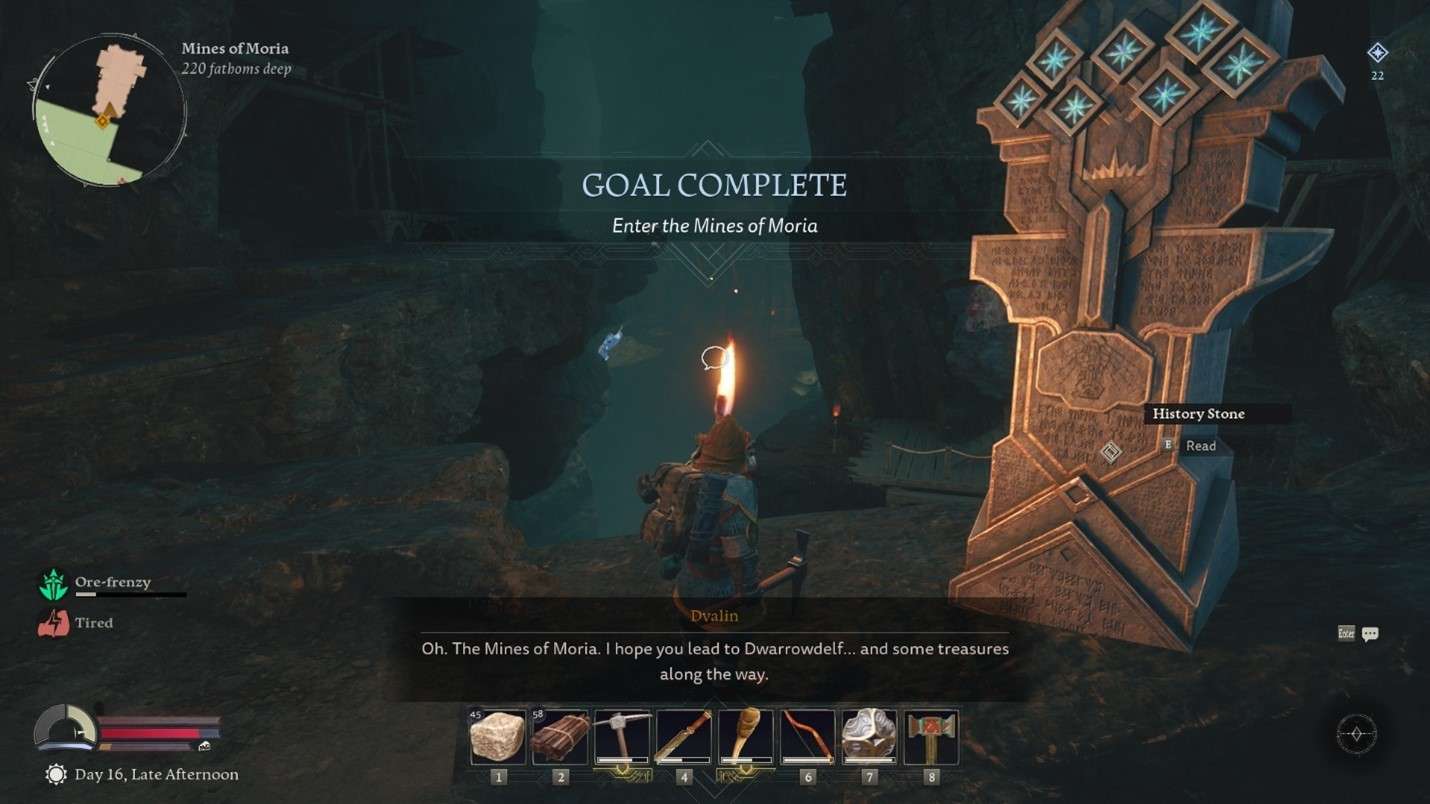
As for the gameplay, it relies on the player on gathering resources and building up small bases throughout their time playing the game. As for the resources, they are quite limited in some regards, but enough for a large party of players to ensure progression. Moreover, in multiplayer the varied number of resources will have to be allocated is going to be an issue in the early parts of the game as player(s) will need to scramble for resources and work together to keep everyone well equipped. Moreover, another issue that can arise stems from the amount of food that is required for players to consume to stave of starvation. The multiplayer aspect of the game makes the game feel a little tricker in terms of allocating resources however, it allows players to focus on finding a solution in the long run. This plays into the roleplay aspect of the game greatly by making player(s) take on certain roles that will benefit them all in the long run.

Going into a little bit more detail on the gameplay loops itself it can be a little repetitive at times when setting up new bases across the map especially. As for how the game feels it can be best described as a mixture of Conan Exiles, Terraria, Dragon Quest Builders, and Minecraft with some role-playing mechanics for good measure. The player will need to mine for materials to craft weapons, tools, and armor to progress further into the game as they complete certain objectives pertaining to progression. Furthermore, this is the basis for the gameplay loop player(s) will need to complete over the duration of the game.
In all honesty, the game is good, but feels like it should rely a little bit more on the narrative elements already present in The Lord Of The Rings series as The Mines of Moria are given such precedence in story. In terms of the game’s story, it takes full advantage of Gimli’s expedition into the mine for mithril, and this is tied into the gameplay allowing player(s) to play alone or in a group as they progress through the mine encountering various obstacles on their journey. This makes the game feel a lot more cohesive by making sure the gameplay and narrative elements intersect and ensures that the game is properly immersing the player(s) in to the world. The game is fairly new and will possibly undergo several updates during its lifetime. However, the game right now, feels like an 8/10 due to its reliance on the multiplayer aspect of the game, enhancing the experience.
The Lord of the Rings: Return to Moria is available for PC via Steam.
Related: Reviews by Kyle Manila
I would describe myself when interacting with games as a strategist with a pension for stealth and loud explosions.


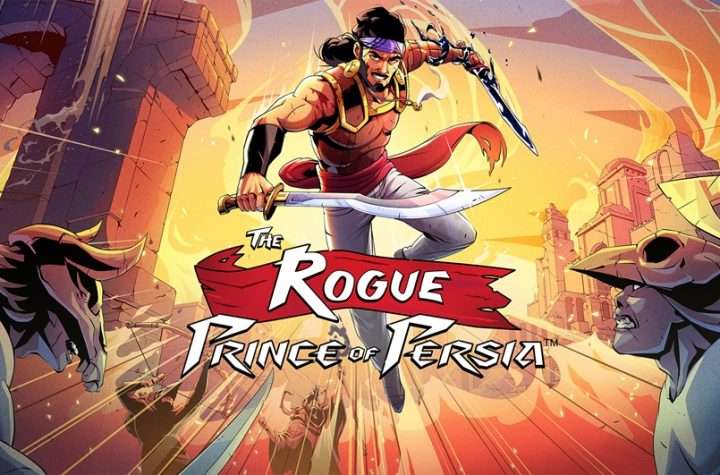
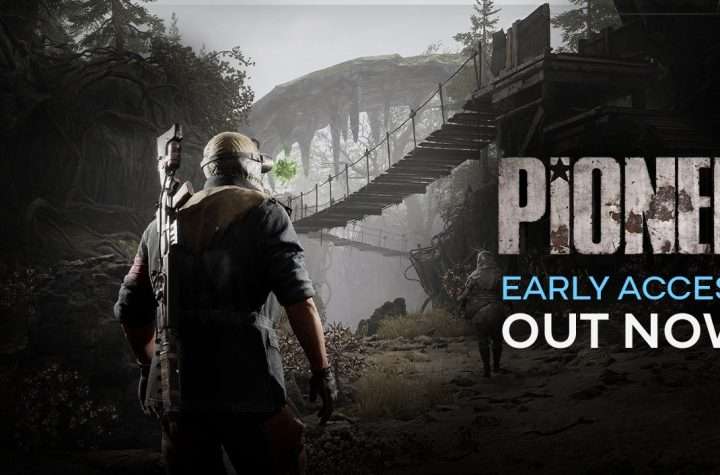
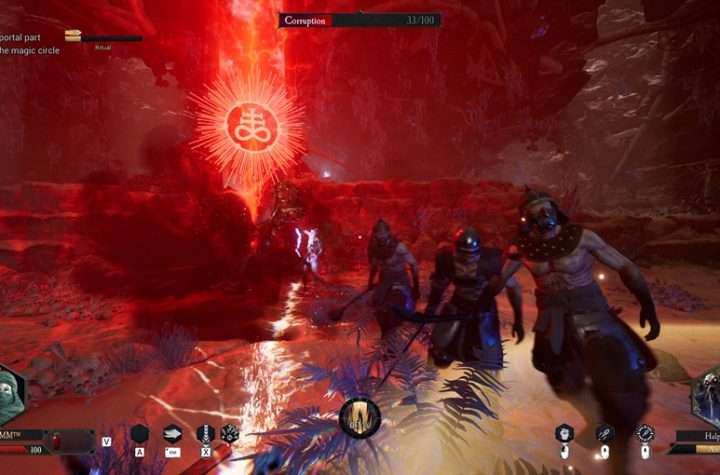
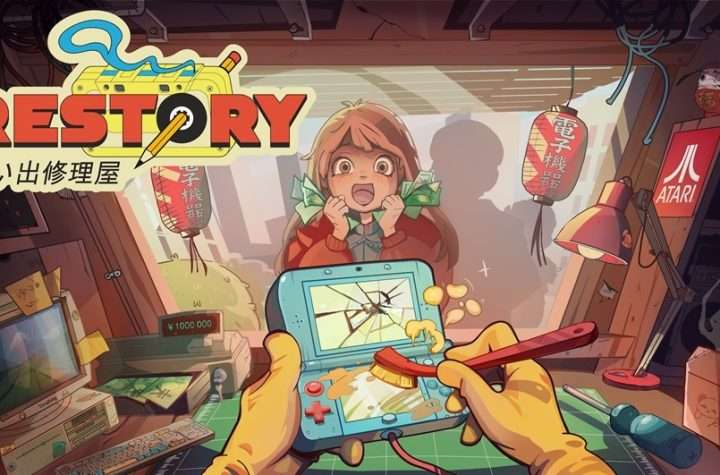
More Stories
Highly Anticipated Post-Apocalyptic MMO FPS, PIONER, Launches on Steam Early Access
DAIMON BLADES Preview for Steam Early Access
ReStory Preview for Steam